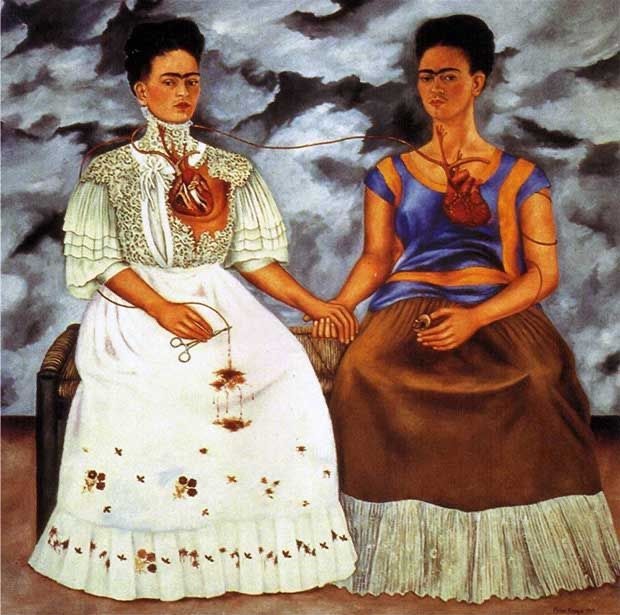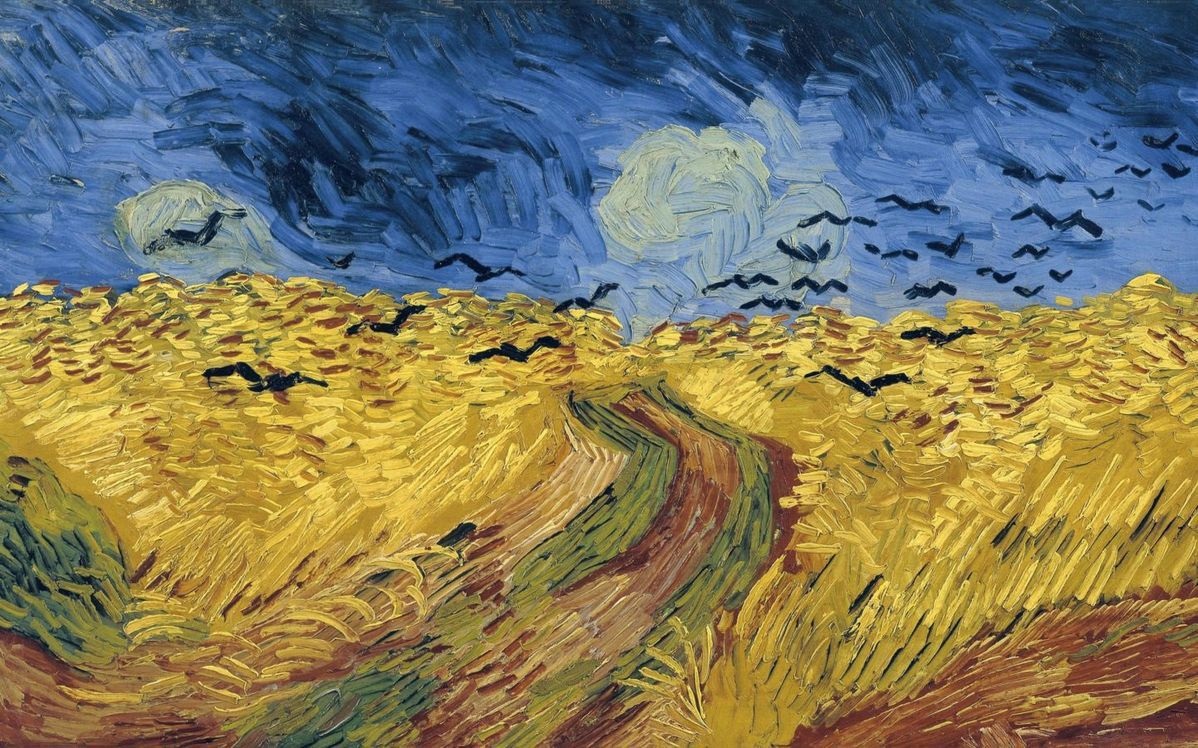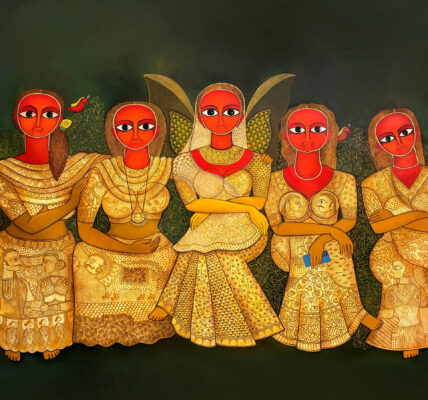Vincent van Gogh: The Epitome of Post-Impressionism
Vincent van Gogh, born in 1853 in the Netherlands, is one of the most influential figures in Western art. His post-impressionist works are characterized by bold colors, dramatic, impulsive, and expressive brushwork that contributed to the foundations of modern art. Among his most renowned paintings are “Starry Night,” “Sunflowers,” and “The Bedroom,” which have achieved iconic status and are celebrated worldwide.


Van Gogh’s journey to fame was fraught with personal struggles and mental health issues. He started painting in his late twenties and produced more than 2,000 artworks over a decade. Despite his prolific output, Van Gogh sold only a few paintings during his lifetime, living in relative obscurity and poverty. His unique style gained recognition posthumously, particularly after his brother Theo’s widow, Johanna, dedicated herself to promoting his work.
Van Gogh’s letters to Theo provide a profound insight into his thoughts and emotions, revealing his passion for art and his struggles with mental illness. His work, once dismissed, now commands astronomical prices and is celebrated in major museums worldwide. The Van Gogh Museum in Amsterdam, housing the largest collection of his works, attracts millions of visitors annually. Today, Van Gogh’s influence can be seen in the works of countless artists, and his story remains a poignant testament to the enduring power of artistic expression. His vibrant, emotive paintings continue to captivate and inspire, solidifying his legacy as a pivotal figure in the history of art.
Frida Kahlo: Icon of Pain and Passion
Frida Kahlo, born on July 6, 1907, in Coyoacán, Mexico, is one of the most significant and influential artists of the 20th century. Known for her deeply personal and symbolic paintings, Kahlo’s work often explores themes of identity, postcolonialism, gender, class, and race in Mexican society. Her unique style, which blends surrealism with folk art, creates a powerful narrative of her life experiences and struggles.
Kahlo’s life was marked by physical and emotional turmoil. At the age of 18, she suffered a devastating bus accident that resulted in numerous injuries, including a broken spine and pelvis. This incident led to a lifetime of chronic pain and medical complications, which became a central theme in her art. Her self-portraits, including “The Broken Column” and “Self-Portrait with Thorn Necklace and Hummingbird,” vividly depict her suffering and resilience, making her personal struggles a universal symbol of endurance and strength.



In addition to her physical challenges, Kahlo’s tumultuous marriage to renowned muralist Diego Rivera also influenced her work. Their relationship was characterized by passion, infidelity, and mutual artistic influence. Despite their personal conflicts, Rivera recognized Kahlo’s talent and supported her career. Her connection with Rivera introduced her to the international art scene, and she exhibited her work in cities such as New York and Paris.
Kahlo’s rise to fame was not immediate. Although she was respected among contemporary artists and intellectuals, her work gained widespread recognition posthumously. The feminist movement of the 1970s played a crucial role in reviving interest in her art, celebrating her as a feminist icon and a pioneer of personal and political expression in art.
Today, Frida Kahlo is celebrated not only for her artistic talent but also for her indomitable spirit and unique perspective. Her home, La Casa Azul (The Blue House), has been transformed into a museum dedicated to her life and work, attracting visitors from around the world. Kahlo’s legacy continues to inspire artists and admirers, affirming her status as a timeless symbol of creativity, resilience, and empowerment.





